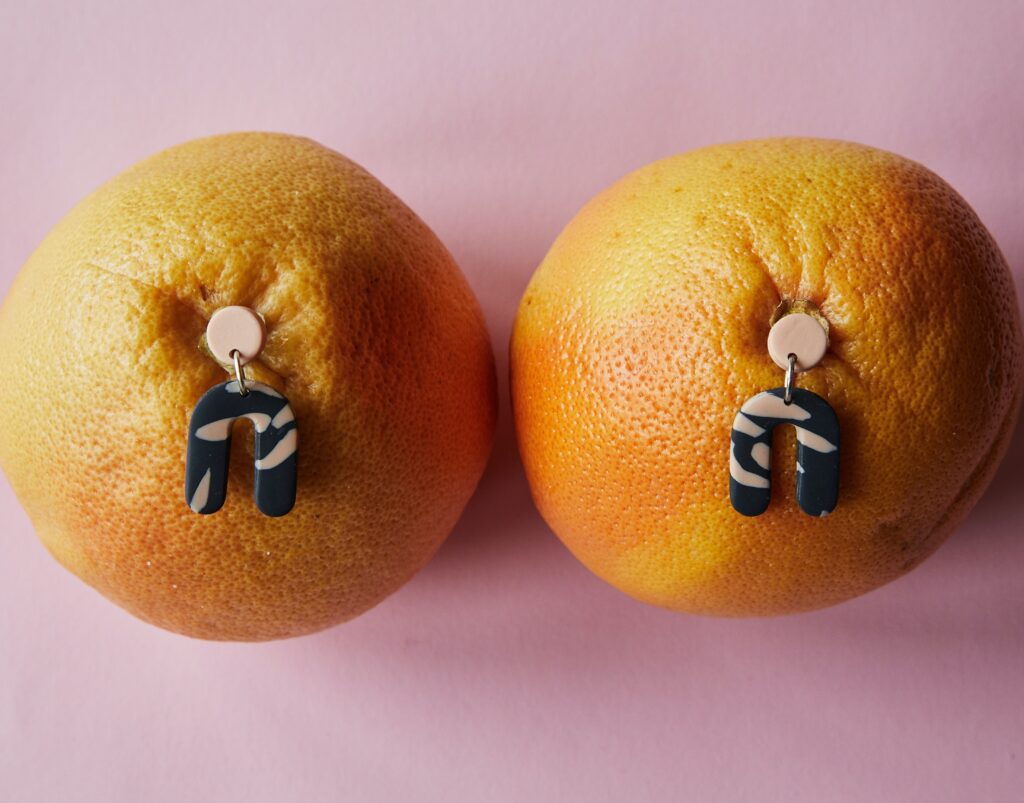Risks and Implications of Breast Fat Grafting

Breast fat transfer is a relatively straightforward process. You walk into the clinic for a few hours and are out the same day after the procedure. However, as easy as it seems, it is important to understand the risks.
The surgery is minimally invasive, but like other cosmetic procedures, it carries some risks.
Here are some of the risks of breast fat transfer in Singapore
Fat Necrosis
Fat necrosis refers to the death of fat cells during the transfer process. This happens because the cells do not get oxygen supplies for a brief period. The surgeon will check for impurities in the cells before transferring them to the breasts.
During this process, it is not unusual for some cells to die. Some cells also die when injected into the breast tissues, resulting in bubbles and lumps in the breast tissue.
Some of the signs of fat necrosis include;
- Painful lumps
- Hard lumps
- Redness in areas close to the lumps
- Bruising
- Skin discolouration
- Scarring
- Uneven skin tone
- Changes in breast shape
Often, fat necrosis resolves itself. However, this may take a few weeks. If you notice lumps in your breast after breast fat grafting, have your doctor check them. They can easily be dissolved and removed.
Infections
The risk of infections after breast fat grafting in Singapore is low because the procedure is non-invasive. The injections are so small, and the skin heals quickly. However, infections are expected if you;
- Have a weakened immune system
- Are a smoker
Some people are also more susceptible to infections.
Fat Reabsorption
Fat redistribution is one of the primary risks of breast fat transfer in Singapore. The body utilizes fat cells and even redistributes them throughout the body. So, there is always the possibility that the body may reabsorb the fat cells injected into the breast.
The downside is fat redistribution means the breast size increase will be smaller than expected. Fortunately, most surgeons expect this to happen, so they inject extra fat cells to cover for fat redistribution.
In cases where fat redistribution is more than expected, another procedure may be scheduled. Unfortunately, multiple breast fat grafting treatments may lead to fat necrosis.
Reaction To Anaesthesia
Breast fat transfer is usually done under general anaesthesia. Some people are allergic to anaesthesia.
Some of the side effects may be;
- Dizziness
- Headaches
- Blurry vision
- Numbness
If there is a risk you will react to anaesthesia, you should discuss this with your doctor. You must also avail yourself of your medical history, including the medications you are taking. Blood thinners and anti-inflammatory medications may trigger allergic reactions.
Despite these risks, many women prefer breast fat grafting because the benefits outweigh the risks.
Some of the benefits are;
- Natural slimming in areas where fat cells are removed
- The breasts have a more natural look
- Minimal scarring
- Generally safe procedure
Tips To Prevent Complications After Breast Fat Transfer
Although breast fat grafting carries some risks, there are measures that you can take to prevent the complications. Here are some pre and post-breast fat transfer tips to follow.
- Discuss your medical history with the doctor before the procedure. Fortunately, this is one of the issues the doctor will want to know. Discuss your habits, such as smoking and drinking. You should also let the doctor know of any medications you’re taking.
- Take prescribed pain medication, especially in the first week.
- Wear appropriate bras, as per your doctor’s instruction.
- Ensure you handle all your chores before the breast fat transfer in Singapore. This way, you can rest during recovery.
- Eat a healthy diet consisting of fruits, lean proteins and vegetables.
The success of breast fat grafting relies mainly on the doctor’s skill, availability of sufficient fat cells, and aftercare after recovery.